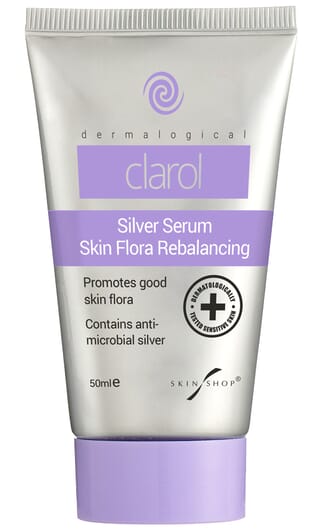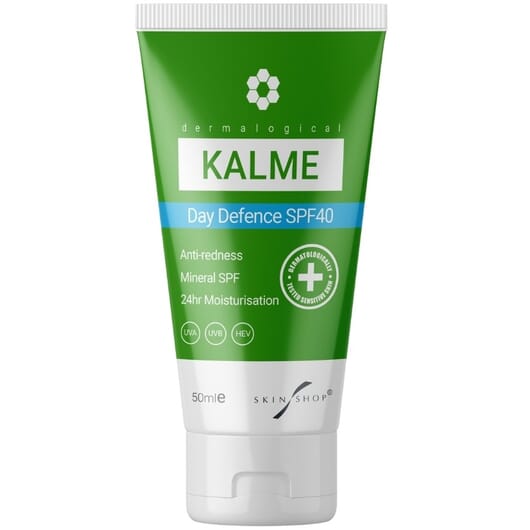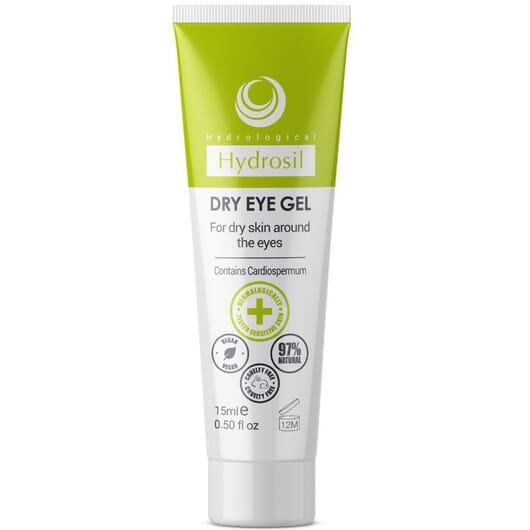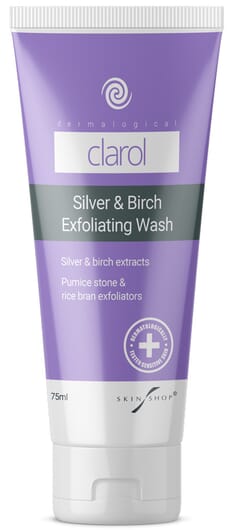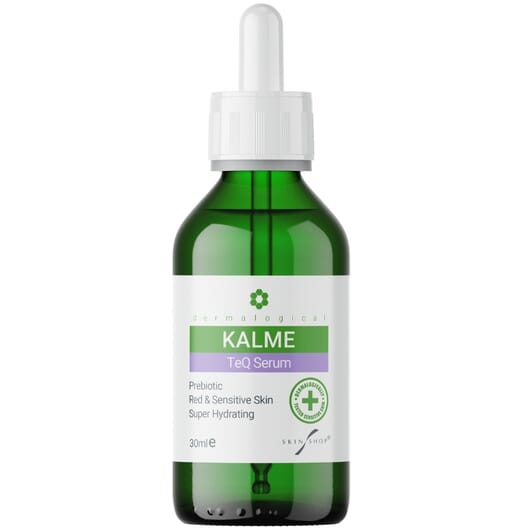As the sun finally arrives it might be tempting to get your natural glow going after a long harsh winter by basking in the sun's rays during this lovely hot sunny weather.
It’s true, the sun does give the skin a lovely glow, momentarily, until the damage sets in and that damage lasts far longer than the temporary glow from a sun tan.
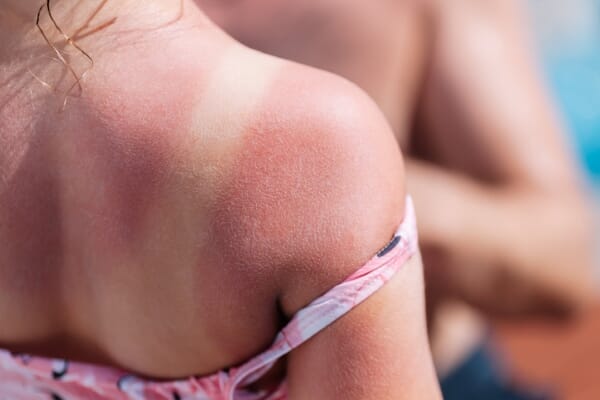
The ‘plumped glow’ that many people love from sun exposure is in fact the result of the skin becoming temporarily inflamed, which gives it a smoother more plumed up and flushed look. So your ‘healthy glow’ from the sun is ultimately traumatised skin, says consultant dermatologist Dr Eva Melegh.
Dr Melegh gives her advice on how best to rescue and repair sun damaged skin how to avoid sun damage in the first place.
What can I do if my skin has become damaged from the sun?
Once your skin has become damaged from the sun, the damage is to a degree permanent although steps can be taken to minimise that damage.
One of skin’s greatest enemies in inflammation. A cornerstone to retaining radiant skin tone as well as slowing down skin damage such as dryness, wrinkles and pigmentation loss (age spots and uneven skin tone) is controlling inflammation of the skin and UV damage is the biggest contributor to inflammation in skin.

However if your skin is sun damaged its already been inflamed, the next cycle that will follow inflammation is dryness. Dryness is the second biggest enemy to skin, so it’s crucial to address and minimise that dryness in every way possible after sun damage has occurred.
So a post-sun damage repair routine should focus on retaining as much moisture in the skin as possible, which means reducing everything that tries to scrub away or remove the skin’s natural oils and sebum.
Step 1 – No Water Cleansing
How you clean your skin can significantly add or detract from your skin’s natural moisture. Cleansing oils (coconut oil or rose hip oil are excellent skin cleansers) or water-free cream cleansers are preferable to facial washes (and avoid facial cleansing wipes at all times) and make up removal should use these methods before resorting to (if at all) make up removers that contain solvents as they are not kind on skin.
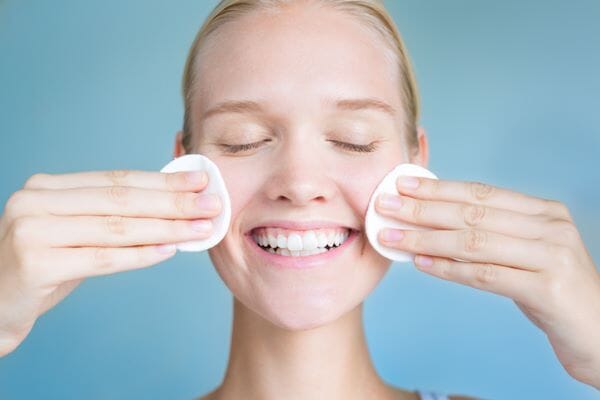
By using these methods for cleaning skin the skin’s natural oils are retained while the dirt or cosmetics are removed, keeping skin more resilient and more elastic.
Step 2 – Gentle Exfoliating
Depending on skin type, exfoliation with a gentle and natural exfoliant helps re-generate new skin cells faster after sun damage.
However, if skin is very dry which is often the case after sun damage, exfoliation should be less frequent so as not to damage already weakened and more sensitive skin. I’d suggest 1-2 times a week and with a very gentle and chemical-free exfoliant designed for sensitive skin.
Clarol Silver & Birch Exfoliating Wash is chemical and perfume free and contains Birch Bark to cleanse the skin without drying it. Birch Bark also contains betulin to help reduce inflammation as well as Lupeol and Erythrodiol which studies prove can help increase the production of proteins in skin cells to speed up the healing process.
Step 3 – Layered Moisturising Day & Night
After cleansing, moisturisation is key and should be done both am and pm and ideally the damaged skin should never be allowed to ‘dry out’ during the day or night. Pay particular attention to the skin around the eyes, which can dry out more than skin on the face after sun damage.
A thin coating of a highly hydrating serum under any daytime SPF or cosmetic product helps maintain the skin's moisture throughout the day.
At night again a thin layer of hydrating serum with a richer and repairing night cream layered over the top and an anti-inflammatory and hydrating eye product is an optimal overnight routine for sun-damaged skin.
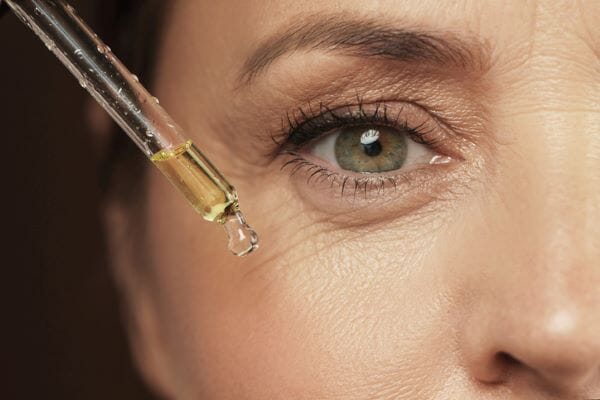
The hydrating serum should be simply that and the simpler the better.
Kalme TeQ Serum is chemical and perfume-free and contains an extract from blue agave which is more hydrating than hyaluronic acid and is a natural skin prebiotic and so speeds up repair of dry, inflamed and red skin after sun damage.
The eye product should always be a light simple formula to avoid puffiness or and, if possible, anti-inflammatory and should again be worn am and pm and under all cosmetics.
Hydrosil Dry Eye Gel is a hydrating eye gel containing an extract of cardiospermum halicacabum, a natural phytosteroid for calming dry and inflamed skin around the eyes, which can often be the result of sun damage to this very delicate area. This can be worn under make up during the day.
What can I do to prevent further sun damage to my skin?
As a dermatologist I can’t express strongly enough how important sun protection is especially for already sun damaged skin.
I recommend daily protection rain or shine, for all skin types, not just fairer complexions. The first thing you should look at in any day cream is its SPF factor, the rest is less important.
I always recommend a mineral block as opposed to a chemical filter for SPF products. Ideally you don’t want any rays getting through and a mineral block is the most effective way to achieve this. A natural SPF made from pure mineral SPF25-30 is sufficient to protect even sensitive skin.


When it comes to sensitive skin, mineral SPF’s are preferable for reducing the incidence of skin reactions as when in direct sunlight they remain more stable than chemical filters.
The two main mineral SPF’s are zinc oxide and titanium dioxide. Both are good but I have a preference for zinc oxide as it’s even more stable than titanium dioxide when exposed to UV light and so it very good for reactive and sensitive skin types and skin prone to redness. It also has anti-inflammatory actions on skin so is beneficial for controlling any inflammation or redness as well as reducing acne. Zinc oxide is a simple and relatively cheap ingredient that does wonders for skin.


Antioxidants are an added bonus when it comes to controlling inflammation of sun exposed skin. If you can find a mineral SPF of at least 20 with added antioxidants, you have yourself a winner.
I also favour sun care products without perfumes and with minimal preservatives and chemicals (such as SLS or MI) in order to reduce the risk of minor skin reactions when exposed to UV rays. Even small reactions to a change in a chemical ingredient when exposed to UV (which are very common in all skin types) causes inflammation in the skin.
Kalme Day Defence is a multi-action SPF day cream with a pure micronized zinc oxide SPF and anti-inflammatory ingredient Derma Sensitive formulated from young caper buds plus a super antioxidant and free from perfumes, SLS and MI. This cream does everything in one for ultimate protection against UV as well as controlling inflammation and sensitivity and will also even reduce spots too if you are prone to them. It can be worn under make-up.
Another way to protect skin from future sun damage is to boost the level of good bacteria on the skin, which will have been damaged and depleted by sun damage.
The skin, like the gut, has both good and bad bacteria living on it. The key to radiant skin is similar to a healthy gut, keep the levels of good bacteria high and the levels of bad bacteria low. Higher levels of good skin bacteria makes the skin pore resilient to sun damage.
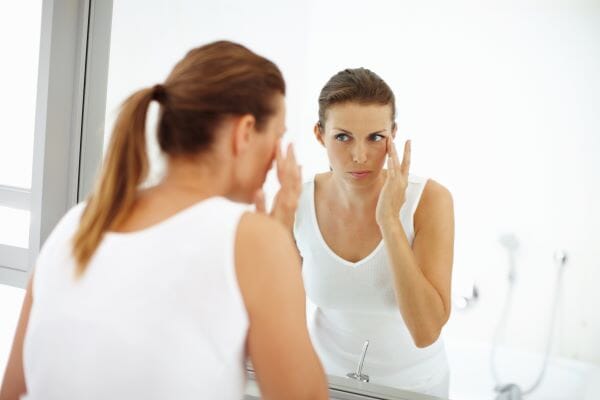
Skin prebiotics are food for good skin bacteria, quite simply put, and are hugely beneficial for repairing sun-damaged skin. A twice daily application of a skin prebiotic serum under other skincare products or cosmetics can offer far more benefits than complex formulas offering promises of luminosity or cell renewal for repairing damaged skin. Building the fundamentals of more resilient skin rather than treating the symptoms of weakened skin results in improved barrier function in dry damaged skin on a long-term basis.’
Clarol Silver Serum contains a smart silver ingredient that starves bad skin bacteria and boosts good skin flora. Apply after cleansing and before any hydrating products or cosmetics.




